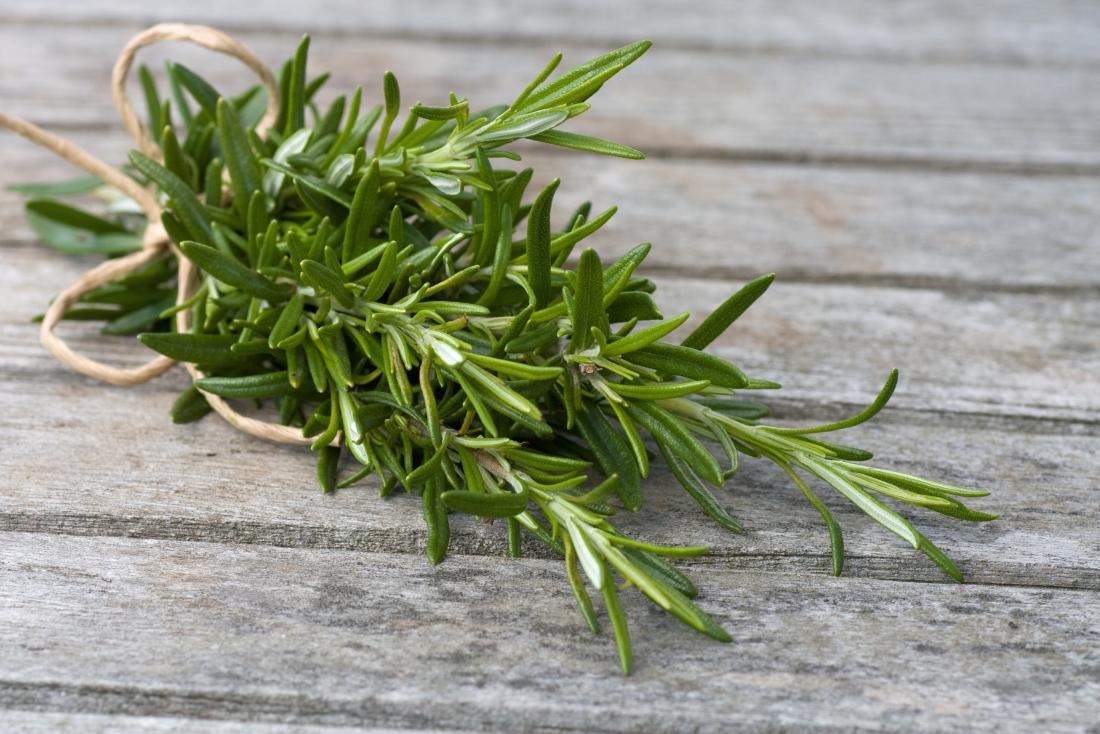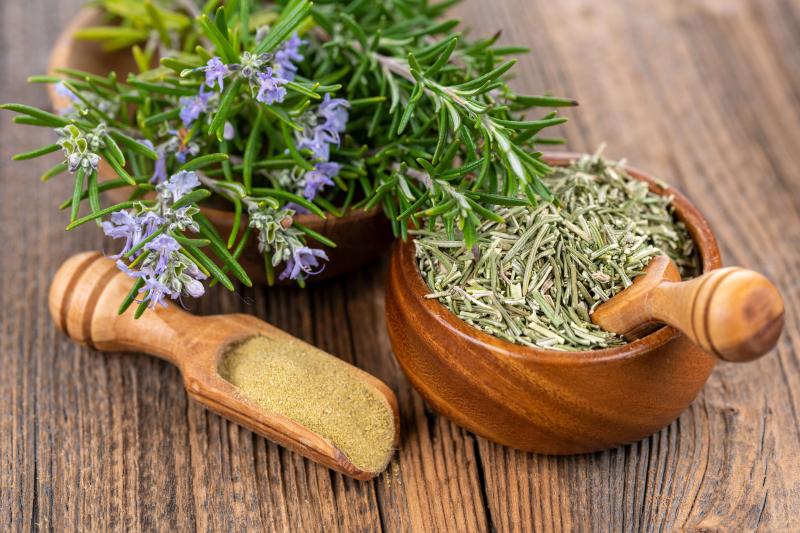Take full advantage of this natural ingredient’s benefits for cooking, beauty, and health.
Rosemary powder is a versatile, all-natural ingredient that’s simple to make at home and offers a wide range of benefits for your health, beauty routine, and cooking.
If you enjoy using fresh, natural ingredients, making your own rosemary powder is a quick and easy way to get the most out of this aromatic and therapeutic herb. In this article, I’ll walk you through a step-by-step guide on how to prepare rosemary powder properly and efficiently.

Why Make Rosemary Powder at Home?
Rosemary is a powerhouse herb packed with benefits: it’s antioxidant, anti-inflammatory, aids digestion, and helps boost blood circulation. By preparing the powder yourself, you can ensure it’s pure, free of additives or preservatives. Plus, you’ll always have a fresh, ready-to-use ingredient for seasoning your dishes, brewing herbal teas, or making skin and hair treatments.
What You’ll Need to Make Rosemary Powder
Before you start, make sure you have the right tools. Here’s what you’ll need:
Fresh or dried rosemary sprigs: Fresh rosemary is ideal, but if you don’t have access to it, good-quality dried rosemary works too.
Oven or food dehydrator: If you’re using fresh rosemary, it needs to be dried first.
Grinder or coffee grinder: Essential for turning the rosemary into a fine, even powder.
Airtight container: Once the powder is ready, store it in a sealed container to preserve its aroma and benefits.

Step-by-Step: How to Make Rosemary Powder
1. Dry the Rosemary (If Using Fresh)
If you’ve chosen fresh rosemary, the first step is to dry it. There are a few different ways to do this:
Oven drying:
Preheat the oven to 104–122°F (40–50°C).
Spread the rosemary sprigs on a baking tray, ideally lined with parchment paper.
Place the tray in the oven and let the rosemary dry for 1–2 hours, flipping the sprigs every 30 minutes to ensure even drying.
Air drying:
If you have more time, bundle the rosemary sprigs together and hang them upside down in a dry, well-ventilated area.
This method takes about 2–3 days, depending on your environment.
Dehydrator:
If you own a food dehydrator, just follow the manufacturer’s instructions to dry the rosemary.
The rosemary is ready for grinding when the leaves are completely dry and crumble easily between your fingers.

Take full advantage of this natural ingredient’s benefits for cooking, beauty, and health.
Rosemary powder is a versatile, all-natural ingredient that’s simple to make at home and offers a wide range of benefits for your health, beauty routine, and cooking.
If you enjoy using fresh, natural ingredients, making your own rosemary powder is a quick and easy way to get the most out of this aromatic and therapeutic herb. In this article, I’ll walk you through a step-by-step guide on how to prepare rosemary powder properly and efficiently.

Why Make Rosemary Powder at Home?
Rosemary is a powerhouse herb packed with benefits: it’s antioxidant, anti-inflammatory, aids digestion, and helps boost blood circulation. By preparing the powder yourself, you can ensure it’s pure, free of additives or preservatives. Plus, you’ll always have a fresh, ready-to-use ingredient for seasoning your dishes, brewing herbal teas, or making skin and hair treatments.
What You’ll Need to Make Rosemary Powder
Before you start, make sure you have the right tools. Here’s what you’ll need:
Fresh or dried rosemary sprigs: Fresh rosemary is ideal, but if you don’t have access to it, good-quality dried rosemary works too.
Oven or food dehydrator: If you’re using fresh rosemary, it needs to be dried first.
Grinder or coffee grinder: Essential for turning the rosemary into a fine, even powder.
Airtight container: Once the powder is ready, store it in a sealed container to preserve its aroma and benefits.

Step-by-Step: How to Make Rosemary Powder
1. Dry the Rosemary (If Using Fresh)
If you’ve chosen fresh rosemary, the first step is to dry it. There are a few different ways to do this:
Oven drying:
Preheat the oven to 104–122°F (40–50°C).
Spread the rosemary sprigs on a baking tray, ideally lined with parchment paper.
Place the tray in the oven and let the rosemary dry for 1–2 hours, flipping the sprigs every 30 minutes to ensure even drying.
Air drying:
If you have more time, bundle the rosemary sprigs together and hang them upside down in a dry, well-ventilated area.
This method takes about 2–3 days, depending on your environment.
Dehydrator:
If you own a food dehydrator, just follow the manufacturer’s instructions to dry the rosemary.
The rosemary is ready for grinding when the leaves are completely dry and crumble easily between your fingers.


